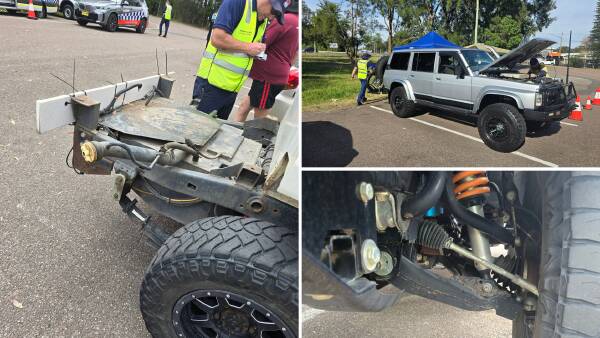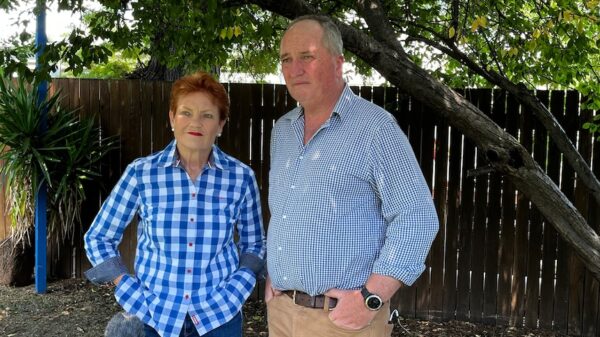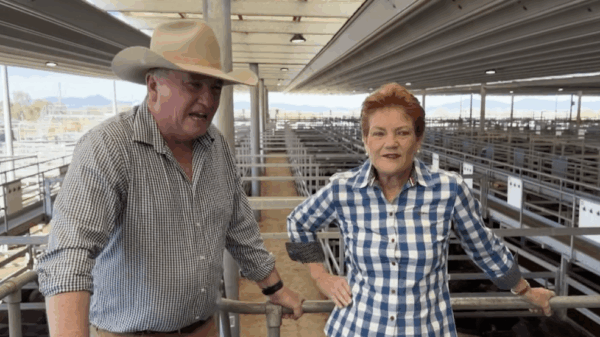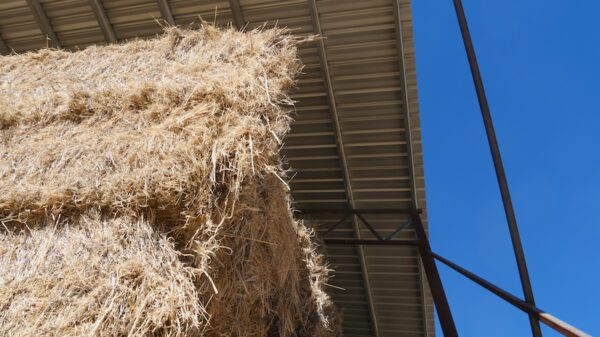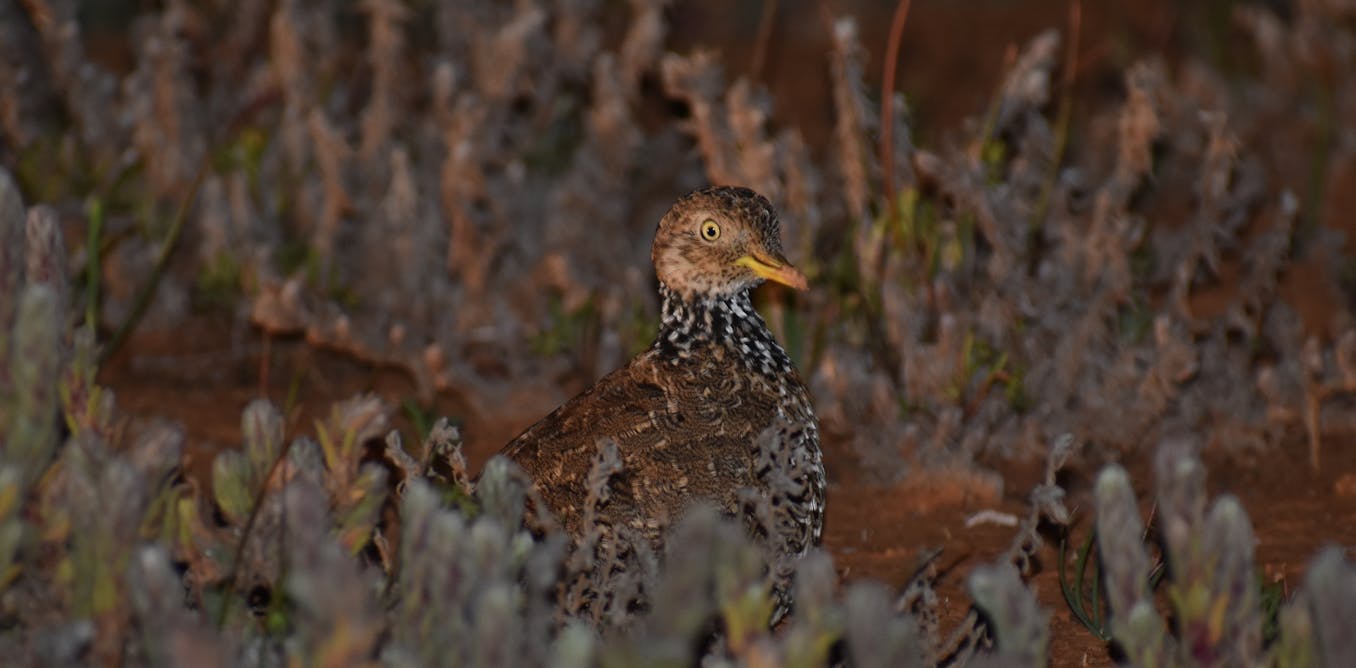In a surprising turn for conservation efforts, researchers have discovered a thriving population of the critically endangered plains-wanderer (Pedionomus torquatus) in unexpected shrubland habitats in South Australia. This revelation challenges long-held beliefs about the bird’s habitat preferences and could reshape future conservation strategies.
The plains-wanderer, often referred to as a “living fossil,” has faced severe population declines, with fewer than 2,000 individuals remaining in the wild. Historically, conservation initiatives have concentrated on protecting its grassland habitats primarily located in Victoria and New South Wales. However, new research indicates that over 250 plains-wanderers are flourishing in semi-arid rangelands at Boolcoomatta Station Reserve, located 100 km west of Broken Hill.
Unveiling New Habitat Preferences
Using miniature tracking devices resembling tiny backpacks, researchers monitored these birds’ movements, revealing their preference for open shrublands dominated by the low-growing woody herb Sclerolaena. This plant, typically associated with grazed rangelands, was not previously recognized as suitable habitat for the plains-wanderer. The research team fitted 29 birds with GPS data loggers and VHF devices, enabling them to track the birds over a month and gather vital information on their habitat selection.
The findings revealed that these birds consistently chose areas with about 55% plant cover and significant patches of bare ground. The average height of the vegetation was around 11 cm, suggesting that the plains-wanderer’s habitat preferences are more about vegetation structure than merely grass cover. This insight contradicts decades of ecological understanding that categorized the species strictly as a grassland specialist.
Implications for Conservation Strategies
The discovery of this previously overlooked population raises critical questions regarding the management of the plains-wanderer. Conservationists have traditionally focused on core habitats in NSW and Victoria, but the existence of a sizable population in South Australia indicates that these birds can survive in a broader range of environments. This new understanding opens up possibilities for conservation efforts in areas previously dismissed as unsuitable.
Peripheral populations, like the one found at Boolcoomatta Station, are essential for the long-term survival of species. They may exhibit unique traits, adapt differently to environmental changes, or help buffer against declines in core habitats. The researchers emphasize that conservation strategies must not rely solely on assumptions about habitat. If efforts remain confined to expected locations, significant populations could be missed.
While this discovery is promising, many questions remain unanswered. Researchers are now conducting genetic analyses to better understand the relationship between this population and the core groups in Victoria and New South Wales. Additionally, they are incorporating these findings into computer models to identify other potential populations and refine the species’ known range.
The research, supported by Bush Heritage Australia, the Grubb Foundation, BirdLife Australia, the Nature Conservation Society of South Australia, and the Schultz Foundation, highlights the importance of exploring unexpected habitats. As biodiversity loss accelerates globally, this discovery serves as a reminder of the surprises nature can still offer, emphasizing the need for continued exploration beyond conventional boundaries.



